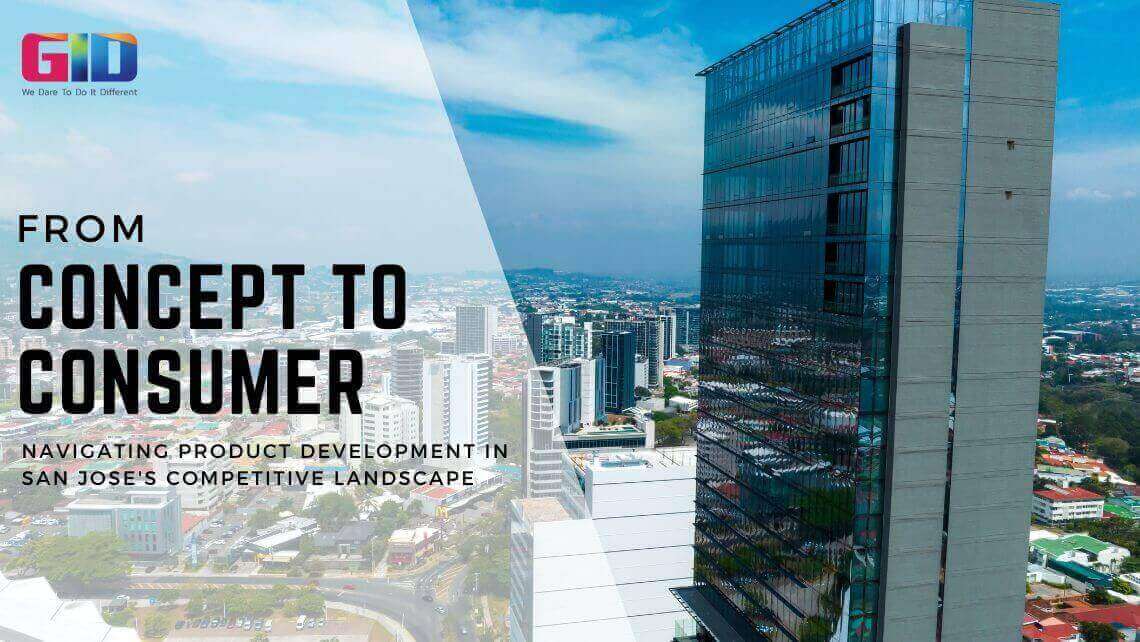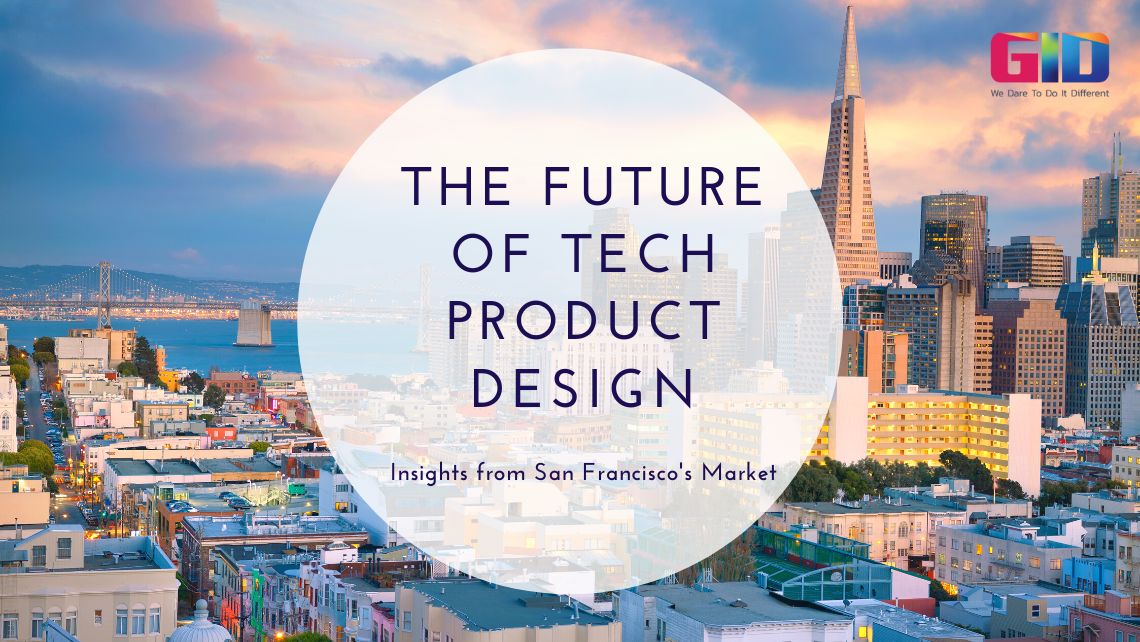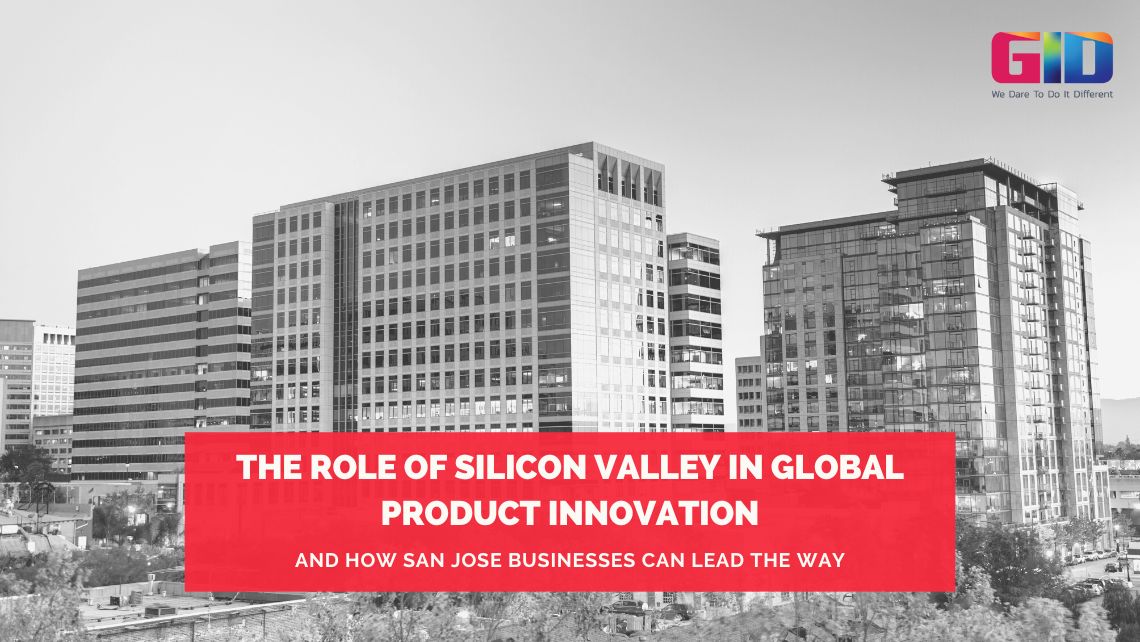Explore the Intersection of Innovation, Design, and Technology
Delve into our curated collection of articles, insights, and thought leadership on product development, design, and the transformative power of technology. Stay informed about industry trends, learn from our experts, and discover how GID Company is shaping the future of product innovation.

Not Sure Where To Start?
Call JIMA conversation can illuminate the path to success. Call Jim now to explore your product's potential together.























